Mexico City Speed Test: MEX Airport, Polanco, Centro Histórico
Mexico City is sprawling, vertical, and dense. Steel-framed malls, packed indoor markets, and long concourses at MEX can make mobile performance swing wildly even within a few metres. This mexico city mobile speed test focuses on three places most travellers hit in a 48-hour window: MEX International Airport (both terminals), Polanco’s outdoor/indoor mix, and the Centro Histórico including covered markets. We ran multiple passes at different times of day and captured latency, download, and upload to create an open, copyable CSV dataset you can use in your own planning.Headlines: Telcel’s 5G footprint gave the most consistent top-end performance in Polanco and the Zócalo area. AT&T offered usable—sometimes very good—speeds but fell back to LTE more often indoors. Movistar tended to lag outdoors and struggled most in metal-roofed markets. Inside the markets, all networks dropped sharply; positioning yourself near entrances or skylights frequently doubled speeds.Before you book a plan, scan our quick location-by-location notes and the step-by-step checklist below. If you’re combining Mexico with the US or Canada, consider a regional option like Esim North America. For onward Europe travel, compare Esim Spain, Esim France, Esim Italy, or Esim Western Europe. See all countries on Destinations.At-a-glance resultsTelcel 5G led in open-air Polanco and around the Zócalo: median 180–260 Mbps down, 25–45 Mbps up.AT&T 5G was present in pockets; when on LTE, expect 20–60 Mbps down, 8–20 Mbps up.Movistar generally 4G LTE in these areas: 8–40 Mbps down, 2–12 Mbps up.Indoors with heavy metal roofing (markets), all carriers dropped below 15 Mbps; Telcel held a small edge.MEX Airport: usable but congested; 10–40 Mbps down typical at peak times.Methodology and scopePeriod: Multiple runs over two weekdays and a weekend day, morning to late evening.Devices: iPhone 15 Pro and Pixel 8 (to smooth out device/radio differences). Dual-SIM when possible; independent runs per SIM.Apps: Ookla Speedtest primary; cross-checked with Fast.com for throughput sanity checks.Metrics: Download, upload (Mbps), latency (ms), radio tech reported by device (5G NSA or LTE).Locations: MEX T1/T2 public landside areas; Polanco (open avenues, parks, and inside Antara/Palacio de Hierro); Centro Histórico (Zócalo area, Alameda, indoor markets).Notes: Results are snapshots, not guarantees. Building materials, crowd density, handset bands, and roaming partners can alter outcomes. Carriers tested: Telcel, AT&T Mexico, Movistar.For context on other countries and bundles, browse Destinations. If you’re coordinating teams, our solutions on For Business may help.Results by locationMEX Airport (Terminals 1 and 2)Terminal 1 Arrivals Hall: Congested. LTE common for AT&T/Movistar; Telcel 5G present but variable. Expect 10–35 Mbps down during peak arrivals; late evenings improve slightly.Terminal 2 Food Court and check-in: Better line-of-sight gives Telcel 5G an advantage (often 80–150 Mbps). AT&T LTE in the 20–40 Mbps range; Movistar 10–20 Mbps.Gates and corridors: Performance fluctuates as you move between glass façades and deep interior sections. Step closer to windows for a quick lift.Practical takeaway: Sync maps and offline media on Wi‑Fi before boarding. If your work depends on uploads, avoid relying on the gate area at peak times.Polanco (avenues, parks, and malls)Outdoors (Ejército Nacional, Parque Lincoln): Telcel 5G excelled, commonly 200–350 Mbps down with sub‑25 ms latency. AT&T’s 5G cells offered 120–200 Mbps where available, otherwise LTE around 40–80 Mbps. Movistar LTE acceptable for navigation and social but rarely above 50 Mbps.Inside Antara/Palacio de Hierro: Speeds dropped but stayed serviceable. Telcel 5G often persisted (120–220 Mbps). AT&T sometimes fell to LTE (20–60 Mbps). Movistar often in low double digits.Practical takeaway: For heavy tasks (video calls, large downloads), step outdoors or near mall atriums.Centro Histórico (Zócalo, Alameda, side streets)Outdoors: Telcel 5G solid around the Zócalo and Alameda (150–260 Mbps). AT&T mixed—some 5G pockets; LTE generally 30–70 Mbps. Movistar LTE 15–40 Mbps, occasional dips in narrow streets.Indoors (cafés, stone buildings): Attenuation is significant. Even Telcel 5G can drop to LTE or lose capacity in deep interiors.Practical takeaway: Position near windows for calls. Pre‑download ride‑hailing and translation packs.Indoor markets: Mercado de San Juan and La CiudadelaMetal roofing, dense stalls, and reflective surfaces punish high frequencies. Expect the biggest decline here.Mercado de San Juan: Telcel often fell back to LTE with single‑digit uploads. AT&T/Movistar could dip below 10 Mbps total throughput.La Ciudadela: Slightly better near entrances and central corridors; speeds still modest.Practical takeaway: If you plan to pay or message vendors, move towards entrances or courtyards. Enable offline payments or carry a small cash cushion.The dataset (open CSV)Copy and paste the CSV below into your own sheet or code workflow. All speeds in Mbps; latency in ms; local time (CDT). Indoor=Y/N indicates deep indoor spot versus outdoor/semi‑open.Columns: timestamp,location,spot,carrier,radio,latency_ms,download_mbps,upload_mbps,indoor,notes2025-04-12 08:35,MEX T1,Arrivals Hall,Telcel,5G,28,95,18,Y,Peak arrivals2025-04-12 08:42,MEX T1,Arrivals Hall,AT&T,LTE,41,22,9,Y,Congested2025-04-12 08:47,MEX T1,Arrivals Hall,Movistar,LTE,55,12,5,Y,Roaming variance2025-04-12 12:10,MEX T2,Food Court,Telcel,5G,24,142,25,N,Clear sightlines2025-04-12 12:16,MEX T2,Food Court,AT&T,LTE,36,35,12,N,Midday2025-04-12 12:21,MEX T2,Food Court,Movistar,LTE,48,15,6,N,Midday2025-04-13 10:05,Polanco,Parque Lincoln,Telcel,5G,18,327,45,N,Sunny open area2025-04-13 10:10,Polanco,Parque Lincoln,AT&T,5G,24,183,35,N,Stable2025-04-13 10:15,Polanco,Parque Lincoln,Movistar,LTE,39,38,12,N,Consistent2025-04-13 16:30,Polanco,Antara (indoors),Telcel,5G,22,212,30,Y,Mall atrium2025-04-13 16:35,Polanco,Antara (indoors),AT&T,LTE,34,57,18,Y,Fell from 5G2025-04-13 16:41,Polanco,Antara (indoors),Movistar,LTE,46,12,4,Y,Deep inside store2025-04-14 09:20,Centro,Alameda (outdoor),Telcel,5G,21,198,33,N,Morning2025-04-14 09:25,Centro,Alameda (outdoor),AT&T,LTE,35,62,20,N,Steady2025-04-14 09:30,Centro,Alameda (outdoor),Movistar,LTE,44,28,10,N,Ok for maps2025-04-14 13:05,Centro,Zócalo (open),Telcel,5G,19,258,40,N,Midday crowd2025-04-14 13:10,Centro,Zócalo (open),AT&T,5G,27,142,28,N,Pocket of 5G2025-04-14 13:15,Centro,Zócalo (open),Movistar,LTE,47,33,11,N,Consistent2025-04-14 14:20,Centro,Mercado de San Juan,Telcel,LTE,52,8,3,Y,Metal roofing2025-04-14 14:25,Centro,Mercado de San Juan,AT&T,LTE,60,5,2,Y,Deep aisle2025-04-14 14:30,Centro,Mercado de San Juan,Movistar,LTE,72,2,1,Y,Heavily congested2025-04-14 16:00,Centro,La Ciudadela (entrance),Telcel,LTE,49,12,4,Y,Near entrance2025-04-14 16:05,Centro,La Ciudadela (central),AT&T,LTE,58,9,3,Y,Interior2025-04-14 16:10,Centro,La Ciudadela (central),Movistar,LTE,65,4,1,Y,Interior2025-04-14 18:45,MEX T1,Gate corridor,Telcel,5G,26,88,20,Y,Evening2025-04-14 18:50,MEX T1,Gate corridor,AT&T,LTE,39,24,8,Y,EveningNotes and caveats: - Snapshot dataset; conditions change with network load, maintenance, and handsets. - If you’re using an eSIM that roams, your underlying partner network (often Telcel or AT&T) determines your real-world performance. - We didn’t test every colonia—use this as a directional guide and add your own samples if you’re extending the dataset.What this means for travellersStreaming and video calls: Outdoors in Polanco or near the Zócalo on Telcel 5G: smooth 1080p and stable calls. AT&T 5G or strong LTE: fine at 720p. Inside markets: keep calls audio-only if possible.Navigation and ride‑hailing: All three carriers are fine outdoors. In markets, pin and request rides near entrances for quicker updates.Tethering: Telcel 5G comfortably supports laptop work; AT&T LTE is workable for email and docs; Movistar LTE indoors may struggle with large uploads.Payments and messaging: Latency on 5G is snappy (<30 ms). In markets, have offline options or be ready to move for signal.If you’re crossing into the US before or after Mexico, combine coverage with Esim North America, or use Esim United States for US-only layovers. Continuing to Europe? Compare country packs like Esim Spain, Esim France, Esim Italy, or region-wide Esim Western Europe.Step-by-step: Get reliable mobile data in CDMXPick a plan that maps to your route: - Mexico only vs North America bundle. Check Destinations or go regional with Esim North America.Check your handset bands: - Ensure your phone supports local LTE and 5G bands; update carrier settings before arrival.On landing at MEX: - Toggle Airplane Mode off/on once. Allow automatic network selection to settle for a minute.Test and observe: - Run a quick speed test in an open area. If poor, move 10–20 metres toward windows or open concourses and retest.Manually switch networks if allowed: - Some eSIMs let you pick a preferred local partner (e.g., Telcel vs AT&T). Trial both if your plan permits.Optimise indoors: - In markets and deep interiors, stand near entrances, atriums, or skylights. Elevate the phone (chest height) during uploads.Keep a backup: - Download offline maps, translation packs, and key tickets. Use café Wi‑Fi for big syncs.Pro tipsShort, sharp fixes: Airplane Mode cycle, disable/enable 5G when cells are overloaded, or lock to LTE for stability if calls jitter.Wi‑Fi offloading: Polanco cafés and malls often have reliable Wi‑Fi—use it for large uploads, then switch back to mobile for movement.Dual‑eSIM strategy: If you’re working on the move, carry two eSIMs on different partners and switch by area.Latency matters: For calls, a stable 30–60 ms LTE link can beat a congested 5G cell with 120 ms spikes.Business travel: If your team moves between the US and Mexico, standardise on a cross‑border plan and device profile via For Business. Partners and agencies can coordinate benefits via our Partner Hub.FAQ1) Which carrier was fastest overall in this test? - Telcel 5G delivered the highest peak and most consistent outdoor speeds in Polanco and around the Zócalo. AT&T had good 5G pockets but fell back to LTE more often. Movistar was mainly LTE and slower overall.2) Will I have 5G everywhere in Mexico City? - No. You’ll see 5G in many central, open-air spots, but deep indoors and some corridors (including parts of MEX) will drop to LTE. Plan for variability.3) Are indoor markets (San Juan, La Ciudadela) workable for video calls? - Usually not. Expect single‑digit uploads and modest downloads. Move near entrances or step outside for important calls.4) I’m transiting the US and then Mexico. What’s the simplest eSIM approach? - Use a regional plan such as Esim North America. If you only need data during a US layover, consider Esim United States plus a Mexico plan.5) I’m heading to Europe after Mexico. Should I stack country eSIMs? - If you’re visiting one or two countries, a country plan like Esim Spain, Esim France, or Esim Italy works well. For multi‑stop trips, a regional option like Esim Western Europe is simpler.6) Can I rely on airport mobile data for work uploads? - It’s hit‑and‑miss at peak times. Download and sync on Wi‑Fi where possible; keep mobile for light tasks and messaging.Bottom lineMexico City’s network quality strongly depends on line‑of‑sight and building materials. Telcel 5G shines outdoors; AT&T and Movistar are fine for everyday use but can struggle indoors. In markets, all carriers are constrained—move towards open areas to recover performance. Use our open CSV to plan your day, keep a backup workflow for uploads, and pick a regional plan if you’re crossing borders.Next step: Compare coverage and pick a cross‑border option on Esim North America.
31 Oct 2025


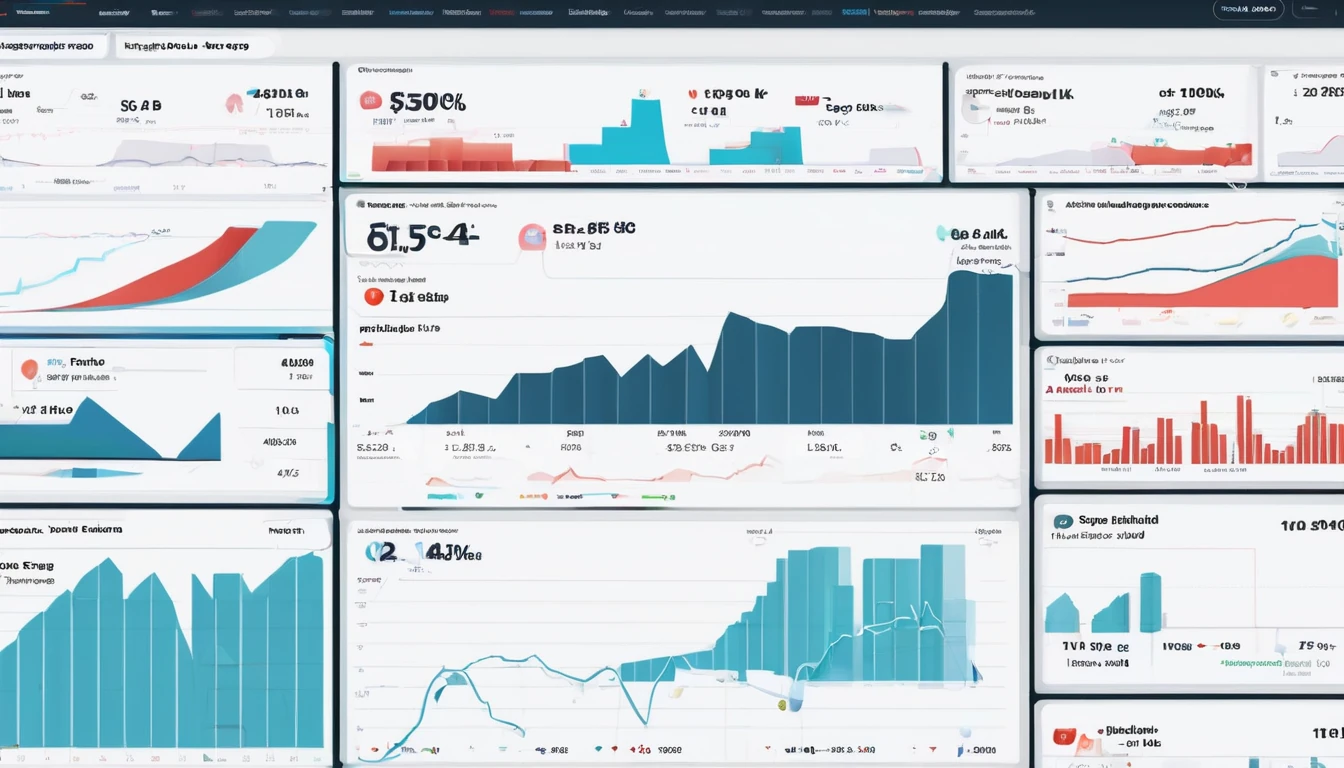

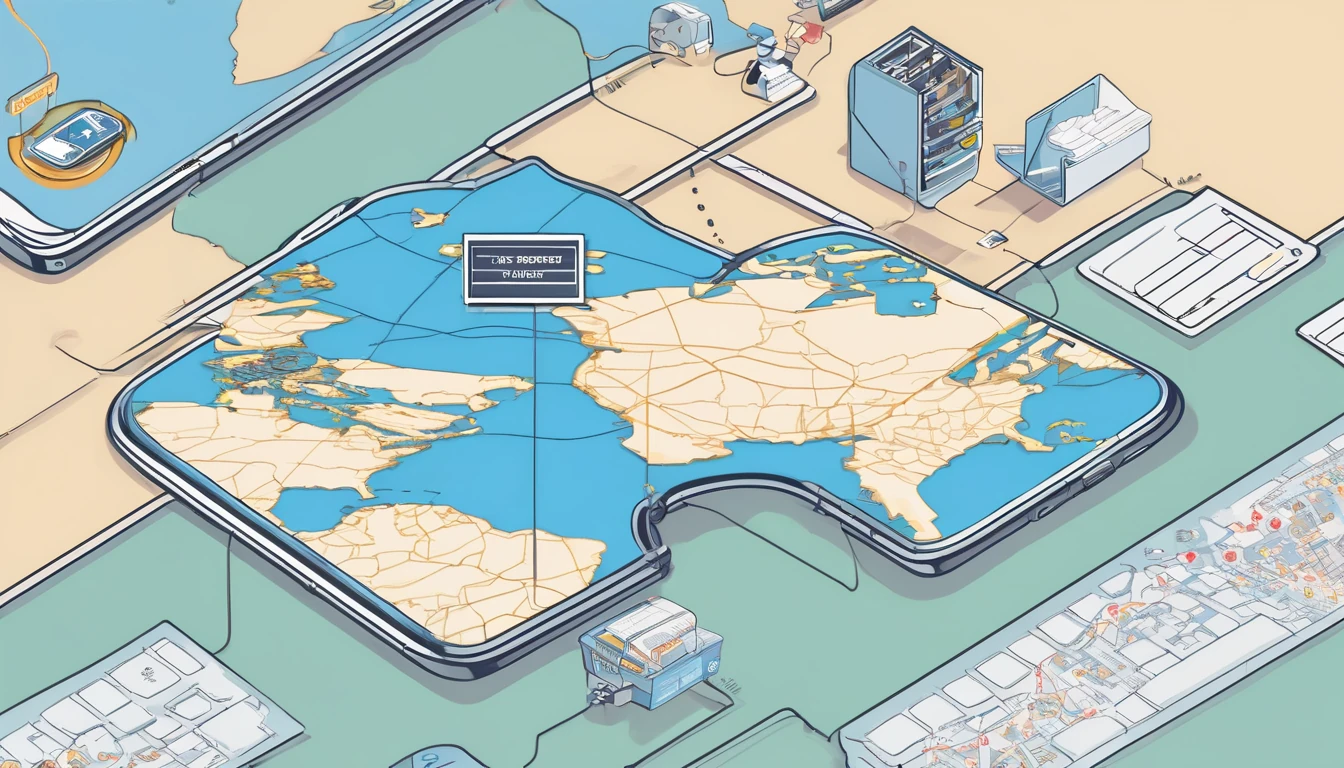
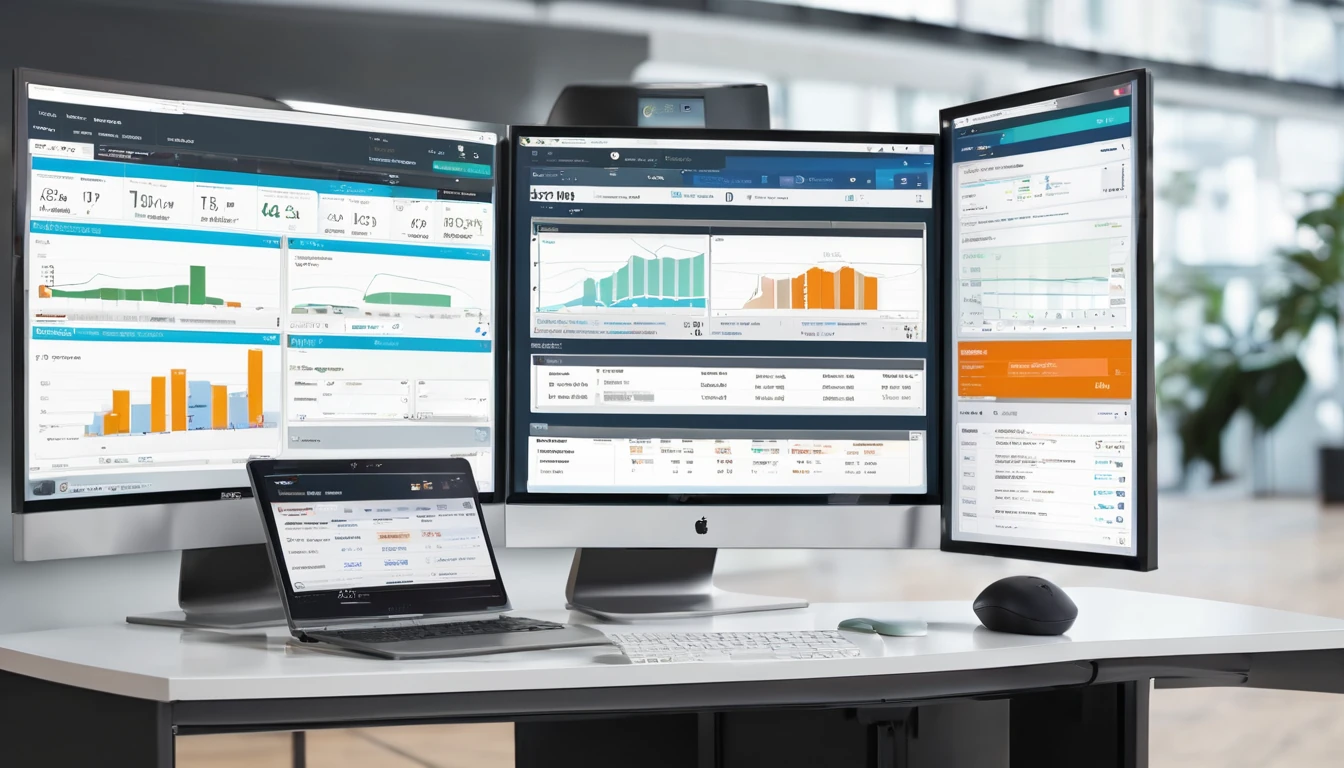
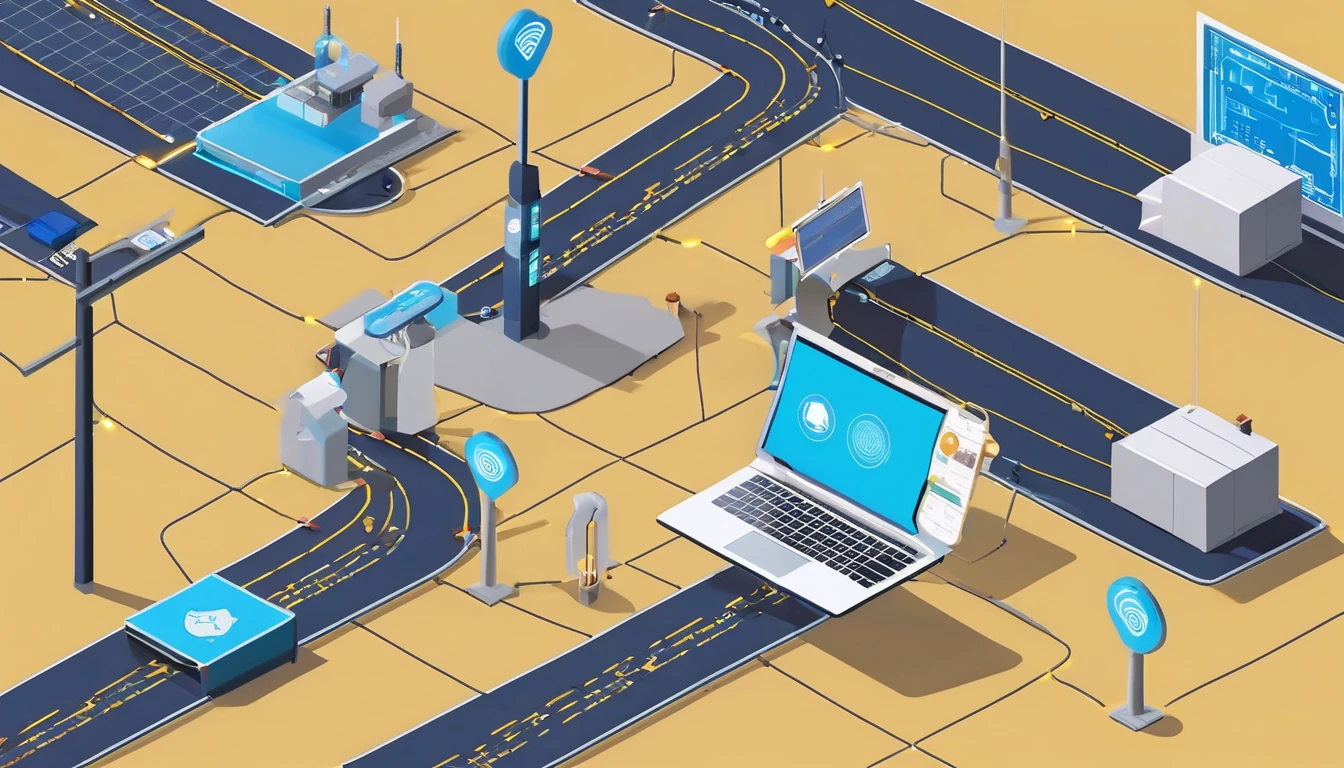

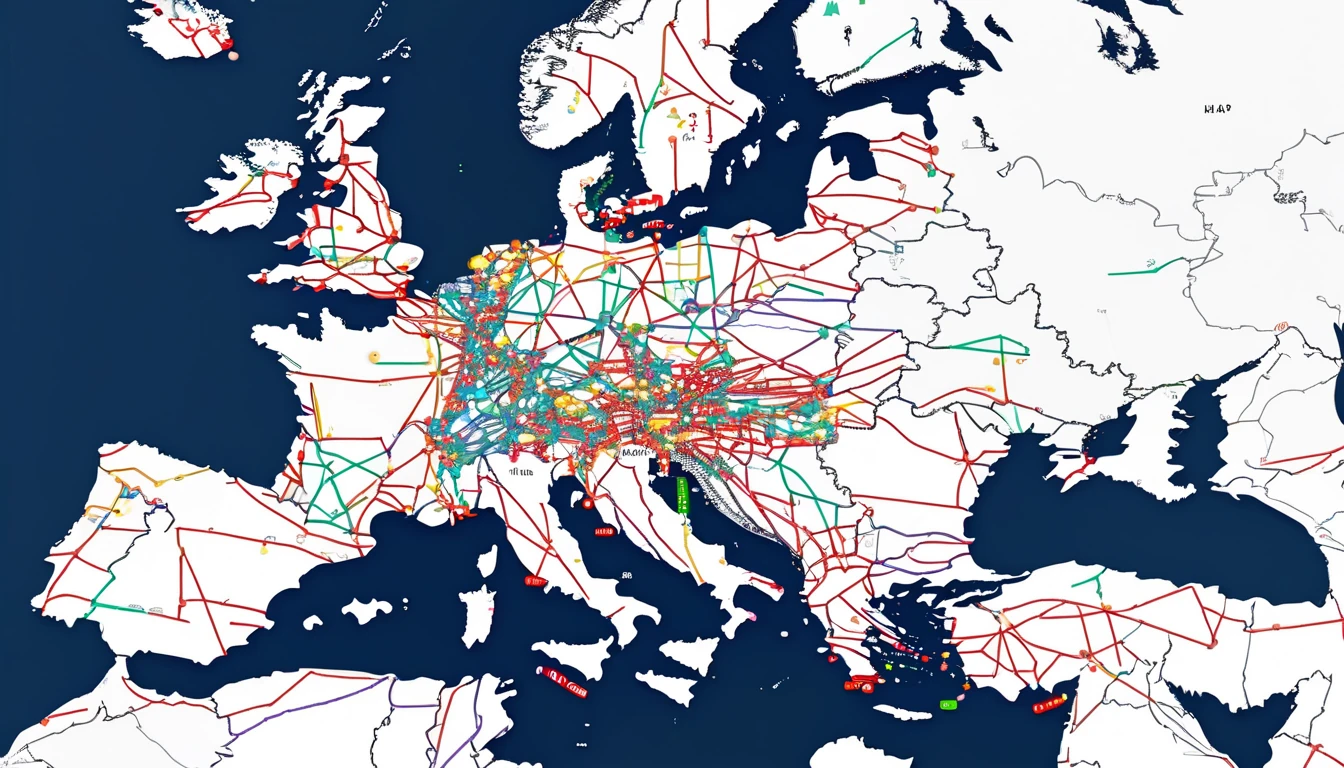


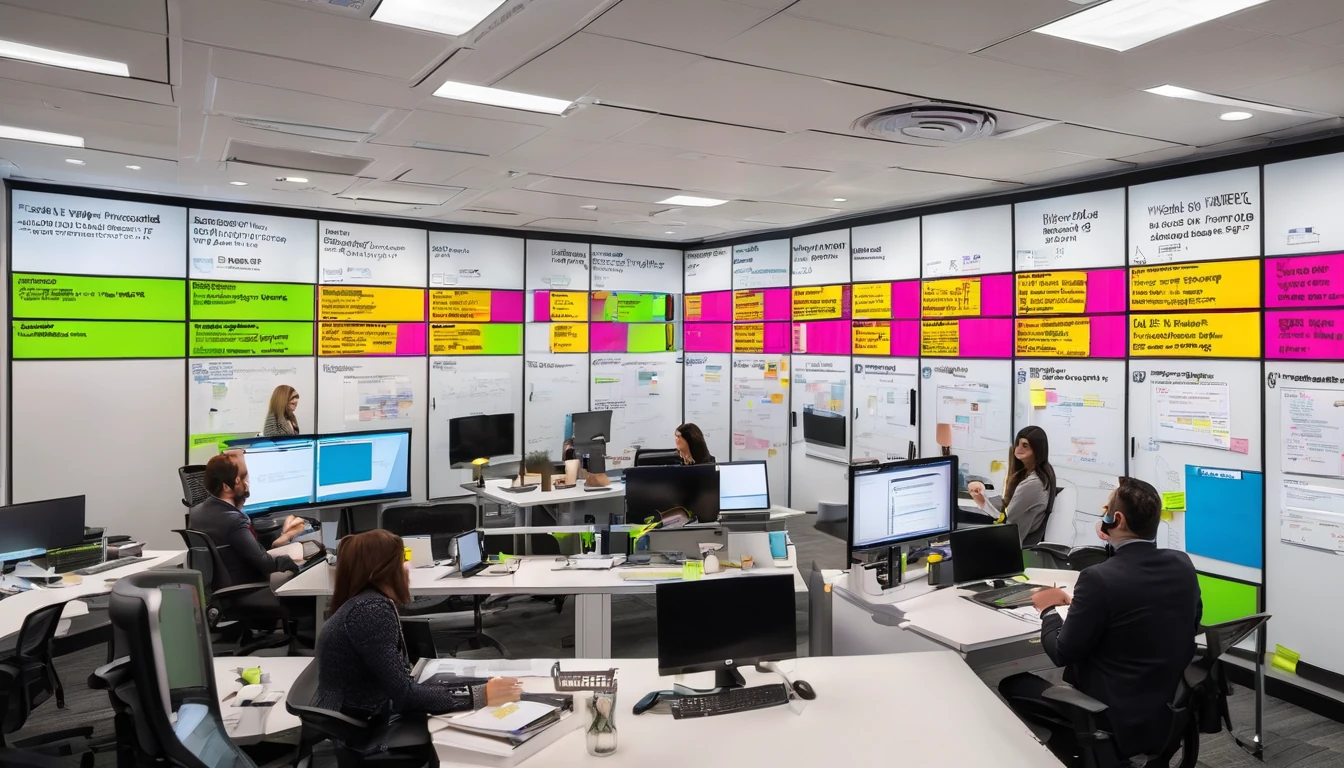
 Featured
Featured



